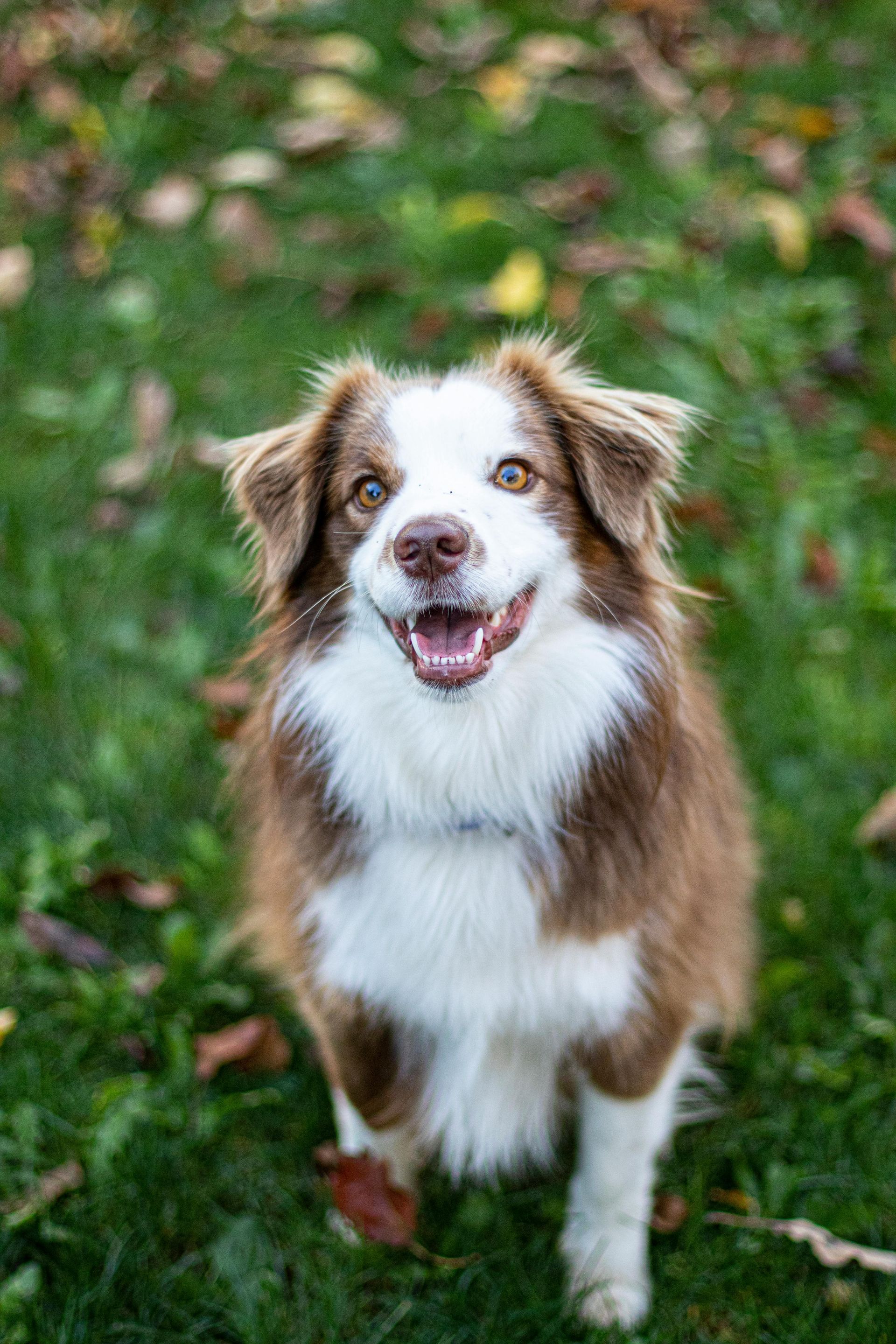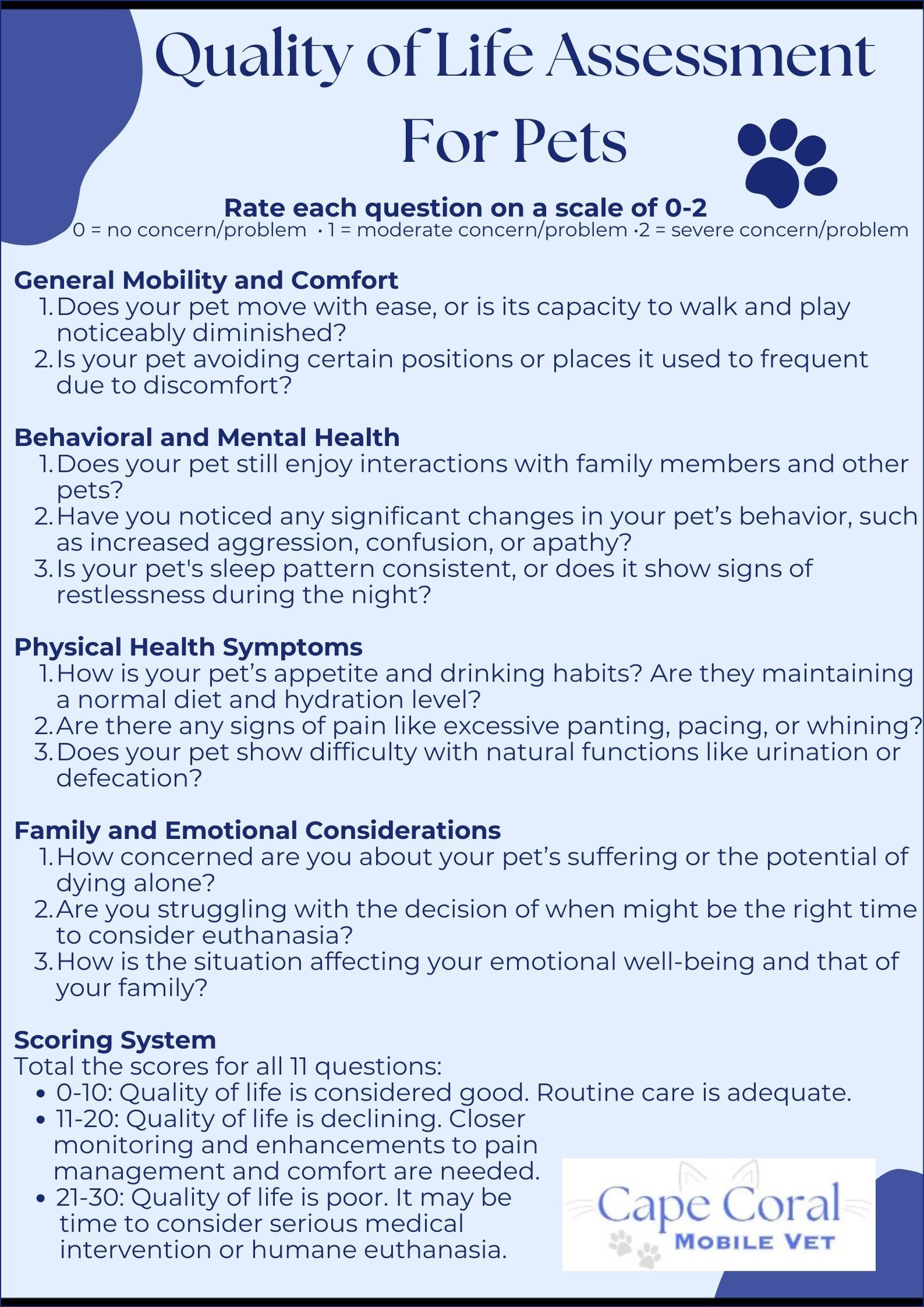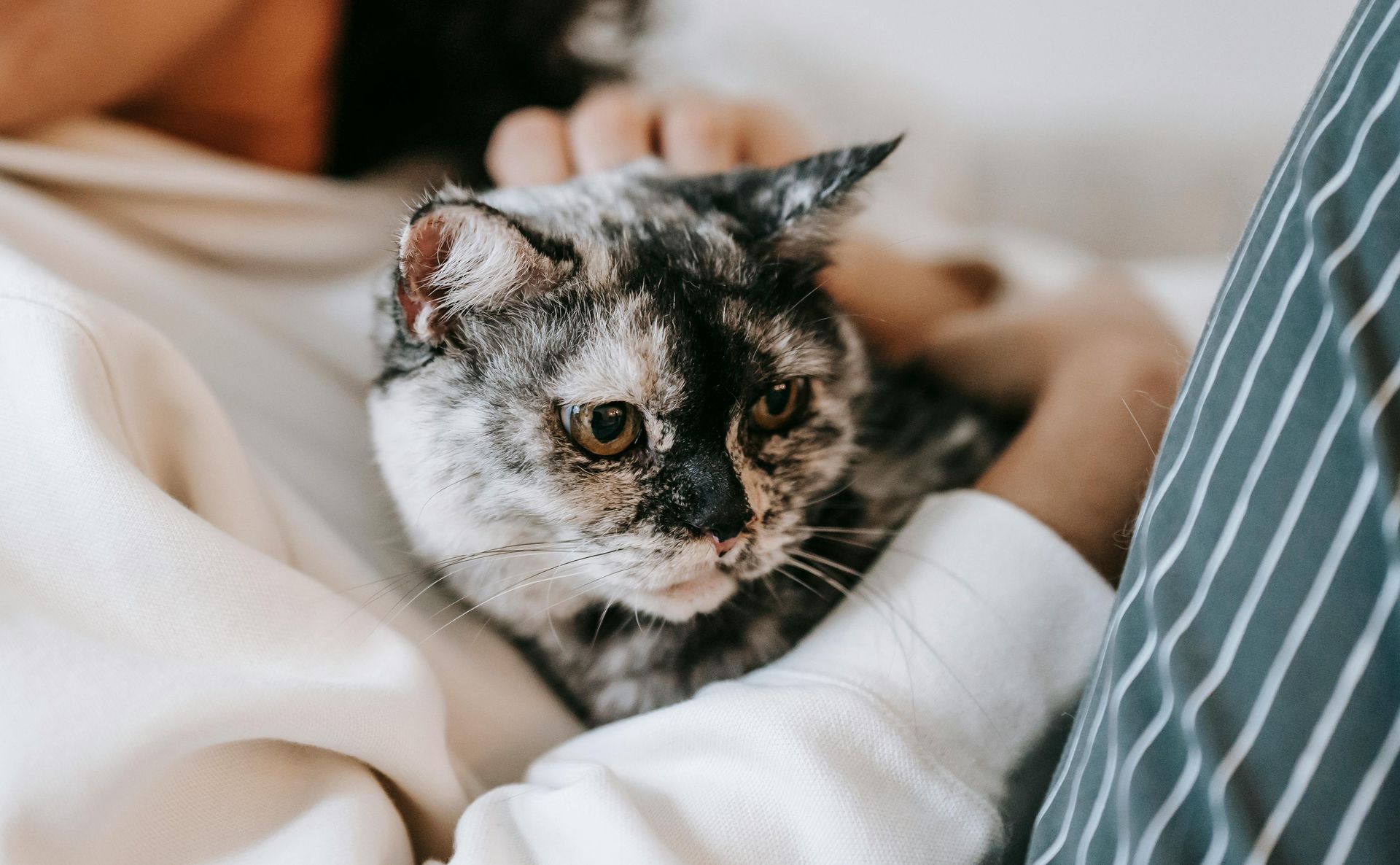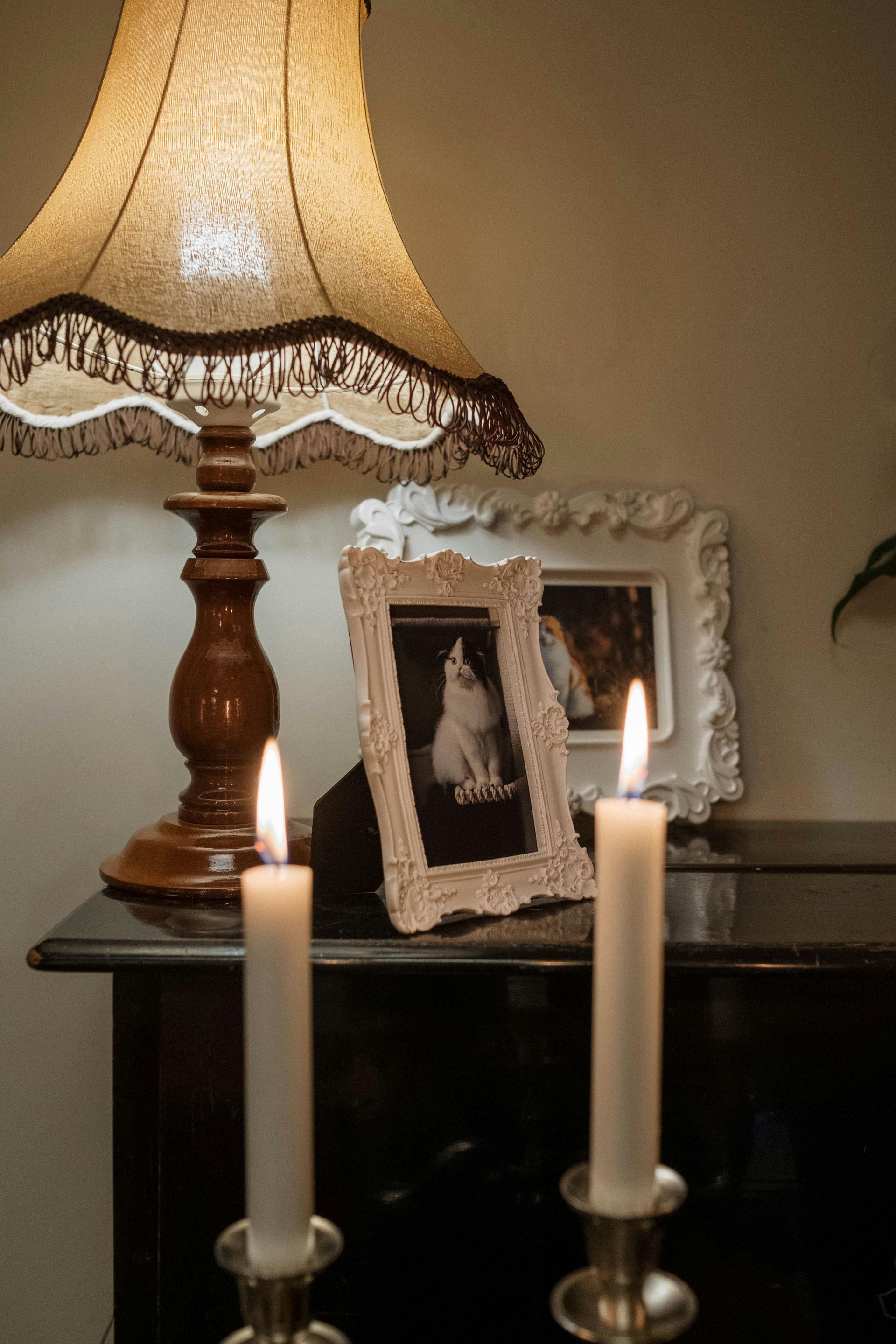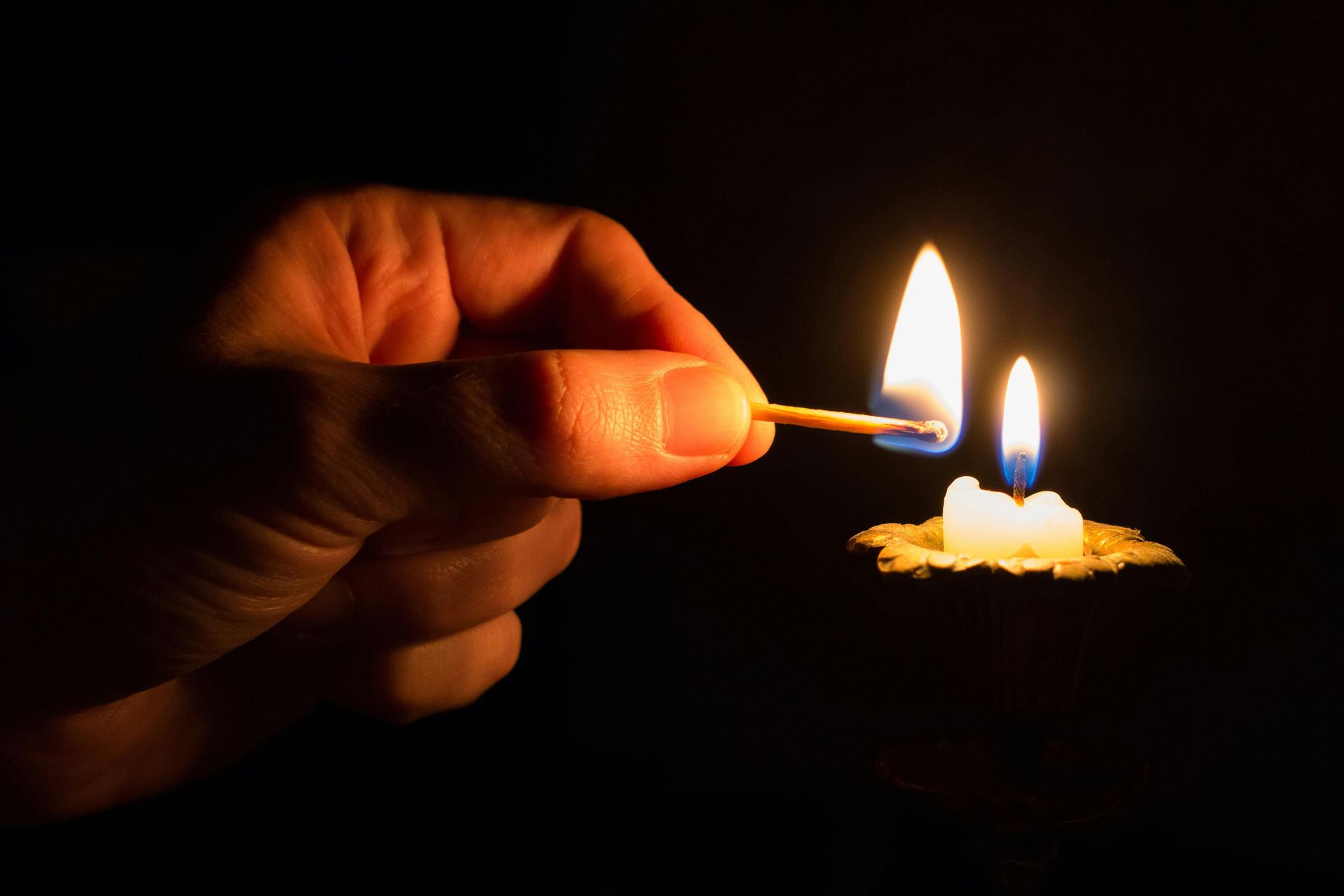"It was love at first sight... watching that collie run at full speed with ears flopping, tongue hanging out, and the biggest version of a dog smiling that I've ever seen! She put the fear in us that day she went through the ice on the old pond when she took a shortcut to head off a rogue chicken that snuck out. As her paws broke through the thin, crackling layer, a silence hung briefly in the frosty air. We raced towards her, hearts pounding, as she clambered back onto solid ground, shaking off the cold water with undiminished enthusiasm. Even then, her spirit never waned; she herded that errant chicken back with the rest of the flock, wagging her tail as if nothing had happened. Watching her, so resilient and joyful, reminded us of the relentless spirit and heartwarming loyalty dogs bring into our lives. I'll never forget the day, years later, when we realized no one could remember the last time we didn't see pain in her beautiful brown eyes. We'll always remember Bella bounding through the hills, knowing she would have done anything for us including live in pain forever to stay by our side."
In-Home Pet Euthanasia: Everything You Need to Know About One of The Hardest Things You'll Ever do
In-Home Pet Euthanasia Services

Whether by chance, or through careful planning, saying goodbye to a beloved pet is one of the most challenging experiences a pet parent can face. In-home pet euthanasia is truly a compassionate option and a welcome alternative to old school veterinary clinic settings. Allowing your furry loved one to pass peacefully with you in familiar surroundings gives you some control over this devastating situation. This guide will provide you with essential information about in-home pet euthanasia, helping you navigate this difficult decision and process with no regrets.
In reading this article you will learn what to how to recognize signs that it may be time to start considering pet euthanasia. The fear of not knowing what to expect can be crippling because we know you don't want to make a mistake or a poor choice along the way. By the time you finish reading this guide, you will know how to make the decision, what to expect before, during, and after the procedure, and how to cope with the wave of grief that's coming whether you take control, or wait in hope.
Possibly the most important section will be the surprising top 5 regrets
that pet owners experience after putting a pet down,
followed by the benefits of choosing
to end your pet's suffering.
Whether you're searching for "pet euthanasia near me", "home euthanasia for dogs", or "cat euthanasia" this article aims to answer your questions before you have them, and help prepare you and provide support during this emotional journey.
Understanding the process of at-home pet euthanasia will help alleviate some of the stress and uncertainty you may be feeling. From deciding when it's time to say goodbye and memorializing your pet, we'll cover every step of this difficult, and loving final-act for your companion.
Phase #1
Deciding When It's Time
Determining the right moment for pet euthanasia is a deeply personal and challenging decision. It involves carefully assessing your pet's quality of life and preparing emotionally for the final farewell.
Recognizing the Signs
- Pay close attention to your pet's behavior and physical condition.
- Look for signs of chronic pain, severe mobility issues.
- Loss of interest in favorite activities.
- Assess your pet's quality of life using our tool below that helps you measure good days vs bad days.
- Watch for dramatic weight loss, incontinence, or difficulty breathing.
These can be clear indicators that your pet's health is declining rapidly and you should consult your veterinarian for a professional assessment. They can provide valuable insights into your pet's condition and help you make an informed decision.
How to Prepare For In Home Pet Euthanasia Versus Clinic
Once you've made the decision, take time to emotionally prepare yourself and your family. Discuss the process openly with loved ones, including children. Create a peaceful environment at home for your pet's last days and consider spoiling them with favorite treats and forbidden foods that no longer pose long term threats to your pet's health.
Pros and cons of euthanizing pets at home:
- without a doubt the most comfortable, relaxed surroundings your fur baby can possibly be in
- no stressful journey to the vet clinic
- you pet can be surrounded by it's favorite things at home
- you can have some say and control over what happens
- your family's privacy during this heartbreaking time
- whether private, or having family there it offers deeper closure
- the final memories of your beloved pet passing on at home may be disturbing for some people
- there will most likely be a slightly higher cost to have a mobile vet come to you
- the clinic is fully equipped to deal with unanticipated circumstances
It can be helpful and less stressful to make decisions in advance, such as whether you prefer burial or cremation, what if any kind of memorial you would like, etc. .
Phase #2
The Gentle End of Life With In-Home Euthanasia Process
Initial Sedation
Your veterinarian will begin by administering a sedative to your pet. This medication helps your fur baby relax and fall into a deep sleep. The sedation is typically given as an injection under the skin or into a muscle. During this time, you can comfort your pet and say your goodbyes. The sedative takes effect within 5-10 minutes, easing any anxiety or discomfort. Your pet will become very drowsy and unaware of their surroundings.
IV Injection of Euthanasia Solution
Once your pet is fully sedated, the vet will administer the euthanasia solution. This is done through an intravenous injection, usually in a leg vein. The solution acts quickly, stopping the heart within seconds. You can choose to be present for this step or wait in another room. The vet will confirm your pet has passed by checking for vital signs. The entire process is painless and peaceful for your pet.
End of Life Transitions And Physical Reactions
It's important to know that some physical reactions may occur after your pet has passed. These are normal and do not indicate distress:
- Muscle twitches or spasms
- Increased breathing or vomiting just before passing
- Eyes remaining open
- Release of bodily fluids
Your vet will explain these potential reactions beforehand. Remember, your pet is not aware or in pain during these reflexes. The euthanasia process is designed to be gentle and stress-free for your beloved companion.
Phase #3
Coping With The Depths of Grief From Losing a Pet
Losing a pet can be an incredibly painful experience that can be harder still when had choice had to be made regardless of how humane, and just it was. For most of us, the decision to end a life is monumental, especially for a cherished and deeply loved family member. The grieving process is unique for everyone and there is no right or wrong way, but there are ways to navigate this difficult time.
#1 Embracing the Grieving Process
- Allow yourself to feel the pain of your loss. It's normal to experience a range of emotions, including sadness, anger, and confusion. Try not to rush your grieving process - take the time you need to heal.
- Coping with pet loss can be similar to dealing with other significant losses. Give yourself permission to cry, talk about your pet, and seek support from friends and family who understand your bond.
- Consider joining a pet loss support group or speaking with a counselor who specializes in grief. These resources can provide valuable emotional support during this challenging time.
#2 Addressing Feelings of Guilt
- It's common to experience guilt after pet euthanasia, especially if you made the decision to end your pet's suffering. Remember that you made this choice out of love and compassion.
- Focus on the quality of life you provided for your pet. Reflect on the happy memories and the care you gave throughout their life.
- If you're struggling with guilt, consider writing a letter to your pet expressing your feelings. This can be a therapeutic way to process your emotions and find closure.
#3 Memorializing Your Beloved Pet
Creating a memorial for your pet can be a healing part of the grieving process. Consider these ideas:
- Create a photo album or scrapbook of your favorite memories
- Plant a tree or garden in your pet's honor
- Commission a custom portrait or piece of artwork
- Make a donation to an animal shelter in your pet's name
- Some pet parents choose to keep their pet's ashes after private cremation or aquamation. You might display these in a special urn or incorporate them into jewelry or artwork.
- Establishing a ritual, like lighting a candle on your pet's birthday, can provide ongoing comfort and a way to honor their memory.
Reflecting on Decisions
Making the choice to euthanize a beloved pet is incredibly difficult. Many pet owners struggle with doubts and regrets after the fact and this is perfectly normal. Something that must be avoided however, is lingering in this state or allowing yourself to believe that your decision was anything other than humane, and right on time. The assessment tools above have been specifically designed to remove all doubt and emotions so that we absolutely know this final judgement was the most kind and loving thing you may have ever done as a pet parent.
Missing your animal until your last breath not only allowed, but expected. But questioning your actions after analyzing their deteriorating quality of life, and discussing all options with your vet are not things that should be second-guessed after the fact. Doing so is a one-way ticket to a place you do not want to be, and nor would your departed pet, living pets or other family members wish to see you lost in agony you do not deserve.
We believe that understanding the most common regrets of other pet parents who have put an animal down can help you navigate this challenging process with more confidence and peace of mind, and avoid any detrimental thinking patterns.
Top 5 Regrets of Pet Parents Who Chose In-Home Pet Euthanasia
- Not doing it sooner. Many pet owners wish they had acted earlier to prevent unnecessary suffering. You may feel guilty for waiting too long, especially if your pet's condition deteriorates rapidly which can happen once an illness reaches a tipping point. If your pet is terminally ill, there will be no miracle cure, only new depths of suffering and you have the ability to end or limit how much they must endure. Remember this happens automatically in nature where suffering is not endless.
- Choosing the wrong location. Some regret not opting for in-home pet euthanasia. A familiar stress-free environment can provide comfort for both you and your pet during their final moments. Pet parents urge people to make this choice based on what will make your pet feel most comfortable and to put your needs second, something you will never regret.
- Not being present. You might regret not being there to comfort your pet. Your presence, touch, and voice can be reassuring for them in their last moments. This is said to be true even when they are sedated and still waiting for the IV. While they can not react, it's believed that they can hear and sense you which is very calming and reassuring.
- Insufficient preparation. Not having a chance to say goodbye properly or create lasting memories can lead to regret. Think about ways you can make your pet's last weekend extra special and take photos and videos that you will cherish later. Consider taking paw prints or fur clippings beforehand.
- Rushing in to fill the void with a new pet too soon. Bringing a new pet into the home before properly mourning the loss of the previous one, and not yet being emotionally ready to care for a new pet can hinder the grieving process and cause more feelings of guilt.
Looking deeply at these critical areas and making decisions for you and your pet ahead of time will make it easier in the end.
Embracing the Benefits of In-Home Euthanasia
In-home euthanasia offers a compassionate approach to saying goodbye to your beloved pet. This option provides privacy, comfort, familiarity, and personalized support during a difficult time.
Providing a Peaceful Farewell
In-home euthanasia allows you to create a serene environment for your pet's final moments. You can choose a comfortable spot where your pet feels most at ease, whether it's their favorite bed or a sunny spot in the garden. Soft music, familiar scents, and the presence of loved ones can contribute to a calm atmosphere.
You have control over the timing and pacing of the process. This flexibility enables you to take the time you need to say goodbye without feeling rushed. A hospice veterinarian can guide you through each step, ensuring your pet's comfort remains the top priority.
Ensuring Comfort and Familiarity
Your pet's final moments can be spent in the place they know best - home. This familiar environment helps reduce anxiety and stress for both you and your pet. There's no need for a potentially distressing car ride or unfamiliar veterinary clinic.
Your pet can be surrounded by their favorite toys, blankets, and family members. This familiarity can provide a sense of security and peace. You can hold your pet close, offering comfort and reassurance throughout the process.
In-home euthanasia also allows other pets in the household to be present if desired. This can help them understand what's happening and begin their own grieving process.
Support for Pet Parents
In-home euthanasia services often provide comprehensive support for pet owners. Many mobile vet services offer pre-euthanasia counseling to help you prepare emotionally and practically for the process.
During the procedure, you can ask questions and take breaks if needed. The veterinarian can explain each step, ensuring you feel informed and supported throughout.
After your pet has passed, many in-home services assist with aftercare arrangements. They can help with cremation or burial options, saving you from making difficult decisions during an emotional time. Some services also offer grief support resources or follow-up care to help you navigate the days and weeks after your loss.
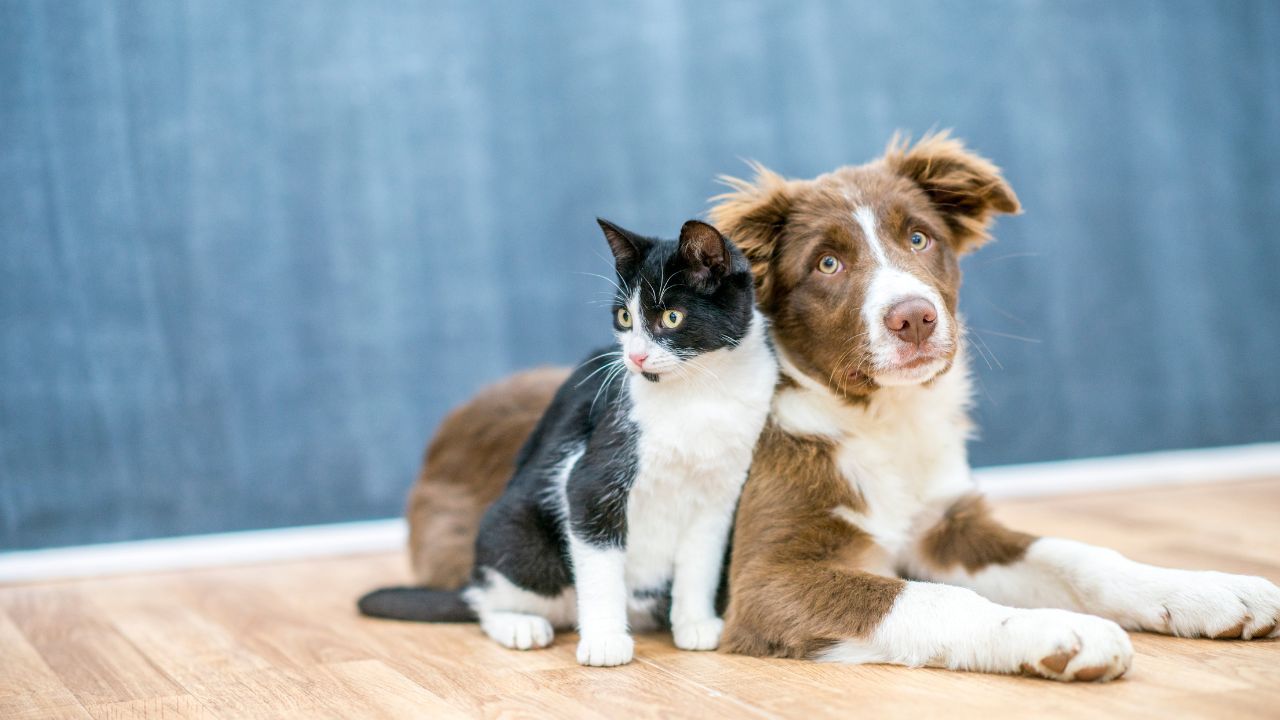
Frequently Asked Questions About Home Based Pet Euthanasia
In-home pet euthanasia involves complex decisions and processes. Pet owners often have concerns about timing, procedures, emotions, and aftercare. Understanding these aspects can help you navigate this difficult experience with more clarity and peace of mind.
How can I recognize it's time to consider in-home pet euthanasia for my animal companion?
Deciding "it's time" is one of the hardest choices you'll make as a pet parent. Watch for signs of persistent pain, loss of appetite, and difficulty performing basic functions like walking or using the bathroom. If your pet no longer enjoys activities they once loved, it may be time to consider euthanasia. Use the assessments on this webpage and consult with your veterinarian to assess your pet's quality of life. They can provide professional insight into your pet's condition and help you make an informed decision.
What is the step-by-step procedure involved in at-home euthanasia for pets, and what are the common physiological reactions I should be aware of?
The in-home euthanasia process typically begins with sedation to ensure your pet is comfortable and relaxed. Once sedated, the veterinarian will administer the euthanasia solution through an IV injection. Be prepared for potential physiological reactions. Your pet's breathing may briefly increase, their eyes may remain open, and muscle twitches can occur. These are normal responses and do not indicate distress.
What are the common feelings of grief and guilt pet owners experience after euthanasia, and what are some ways to cope and memorialize my pet?
Grief and guilt are natural emotions after pet euthanasia. You may question your decision or feel a profound sense of loss. Remember that choosing euthanasia is an act of compassion to end suffering. To cope, consider joining a pet loss support group or speaking with a counselor. Memorialize your pet by creating a photo album, planting a tree, or donating to an animal charity in their name.
What are the top regrets pet owners have after deciding on euthanasia for their pets, and how can I avoid them?
Common regrets include not spending enough time with the pet beforehand, not being present during the procedure, rushing to replace the pet, waiting too long and allowing the pet to suffer longer, deciding not to euthanize at home. To avoid these regrets, take time to say goodbye, be present if you feel able, use the tools to assess the quality of life and consult your vet to discuss all options ahead of time.
What are the advantages of choosing in-home euthanasia for my pet in terms of their comfort and peace?
In-home pet euthanasia allows your pet to remain in a familiar, comfortable environment. This can reduce stress and anxiety for both you and your pet. Your pet can be surrounded by family members and other pets, their favorite blanket and toys, completely familiar sounds and smells, all providing comfort in their final moments. The calm atmosphere of home will make the process as peaceful as it possibly can be.
Are there typically immediate services available for at-home pet euthanasia, and what should I expect in terms of arrangements?
Many areas offer in-home pet euthanasia services with quick response times. You can usually schedule an appointment within 24-48 hours, sometimes sooner for urgent cases. Expect to discuss your pet's condition, the procedure, and aftercare options when making arrangements. The veterinarian will guide you through necessary paperwork and help coordinate cremation services if desired.
What are some meaningful pet remembrance ideas to pay tribute to my pet?
There are many ways to memorialize a loved one, from portraits and plaques, to cremation art and jewelry that is infused with ashes from the remains of your pet. Some people feel a deeper connection with items that contain a physical part of their pet. There are memorial diamonds that can be grown, parting stones that transform ashes into beautiful solid stones, and a variety of more pet memorial items.
With our best wishes, Cape Coral Mobile Vet
Should you wish to discuss this further with a licensed and trained veterinarian, please feel free to contact Cape Coral Mobile Vet or call us (239) 323-4234.
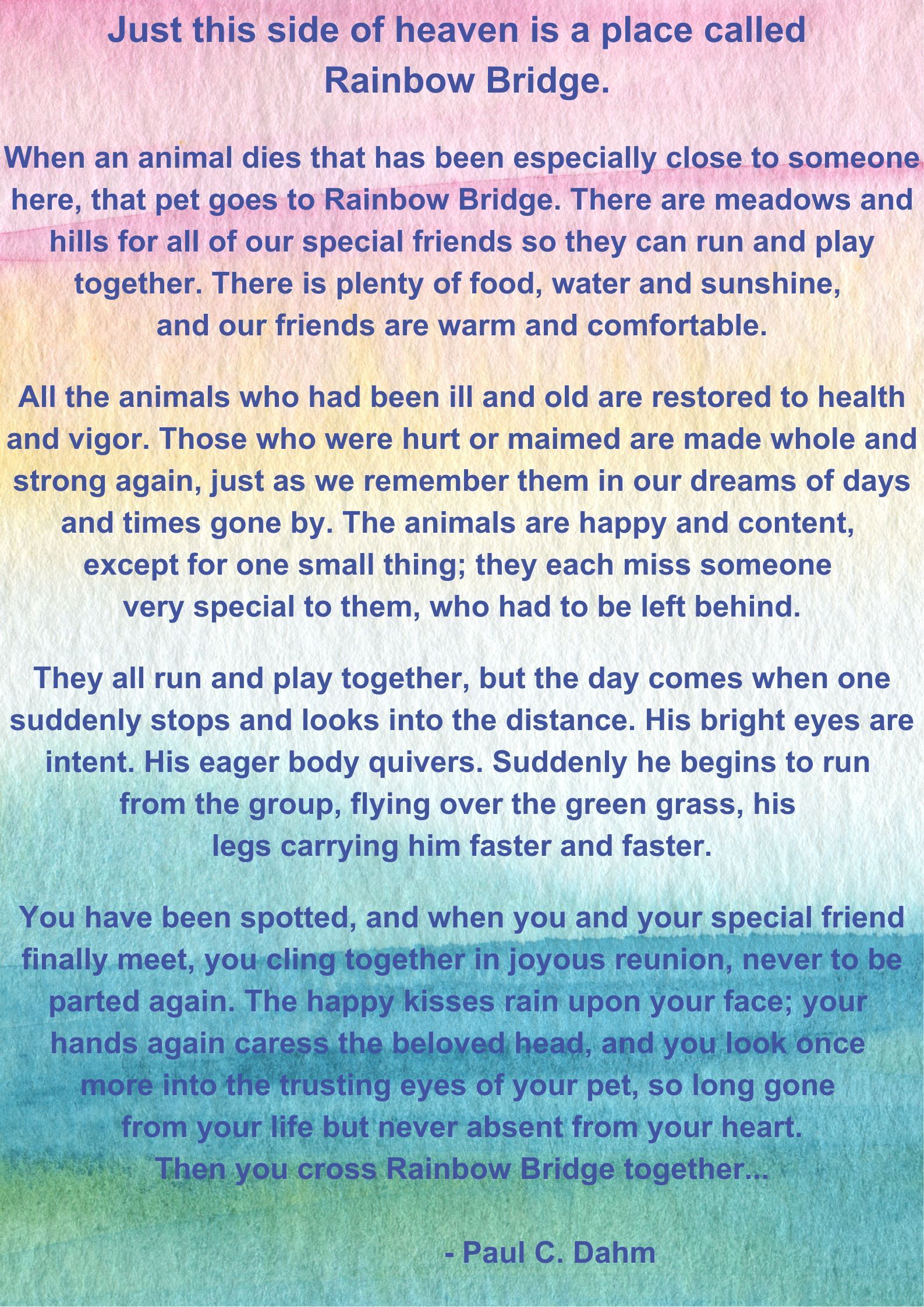
Ready to work with Cape Coral Mobile Vet?
Let's connect! We’re here to help.
Send us a message and we’ll be in touch.
Or give us a call today at (239) 323-4234

